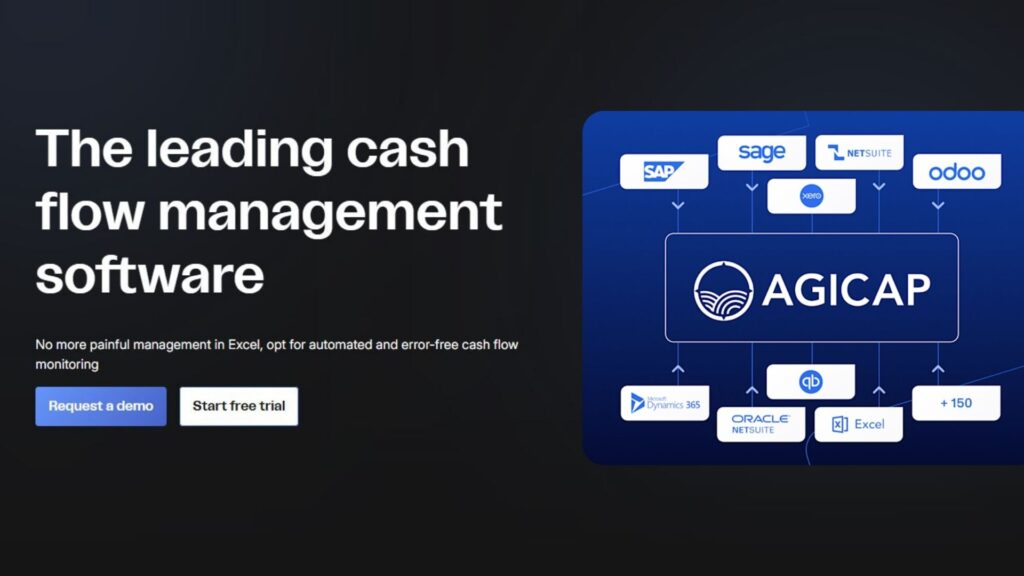
For years, third-party cookies were the silent workhorses of digital marketing. They tracked user behavior across websites, stitched together complex customer journeys, and gave marketers a sense of control and clarity in an increasingly fragmented digital landscape.
But those cookies? They’re crumbling. Thanks to tighter privacy regulations (hello GDPR and CCPA), browser restrictions (looking at you Safari and Chrome), and a much-needed shift toward consumer trust, the era of third-party tracking is drawing to a close.
Unlike third-party cookies, which are collected by entities other than the websites users interact with, first-party data is gathered directly from customers through interactions on your own platforms—be it through a website, app, or customer service touchpoints. Importantly, first-party data allows businesses to deliver highly personalized experiences without the privacy concerns associated with third-party tracking. Companies leveraging this data report a remarkable 2.9x increase in revenue, driven by more targeted, relevant marketing.
We’re entering a new chapter. One where first-party data, CRM systems, and smarter measurement strategies are the keys to staying relevant, compliant, and competitive. While this shift may feel daunting, we see it as an opportunity to future-proof your business, build trust with your audience, and drive long-term growth.

The Rise of First-Party Data: Your Brand’s New Best Friend
First-party data is information that your customers willingly share with you. This includes everything from website behavior, purchase history, and email interactions to support chats and survey responses. It’s data collected directly from your audience with context and consent, and it’s proving to be incredibly effective. Google reports that companies with strong first-party data strategies can see nearly triple the revenue and 1.5x cost savings compared to their less data-savvy counterparts. That’s not just a technical shift; that’s a business advantage. First-party data isn’t just about collecting information; it’s about creating more relevant, respectful, and high-performing customer experiences.
A compelling example of this is Kia’s initiative to unify dealer CRM data with website and app interactions. By leveraging Google’s Customer Match, Kia targeted users who had engaged with their Carnival model online. This strategy resulted in a fourfold improvement in conversion rates and a 268% increase in click-through rates, demonstrating the power of integrated first-party data in driving customer engagement.
The real magic of first-party data emerges when it moves from passive collection to active application. The more intentional your data strategy, the more value you’ll create. Personalized product recommendations, dynamic content, audience segmentation; these are the outputs of a smart first-party data strategy. But to unlock that power, you need the right tools to manage it. Enter: the CRM.
CRM Systems: Where First-Party Data Comes to Life
A Customer Relationship Management (CRM) system is where your first-party data becomes actionable. A good CRM platform isn’t just a database; it’s a hub for customer intelligence. It allows you to track behavior, segment audiences, deliver personalized communications, and predict future actions. It helps move your messaging from “one size fits all” to “one size fits you.” CRMs are now indispensable, especially as more brands embrace automation, machine learning, and real-time engagement. They allow you to orchestrate customer journeys based on actual behavior and preferences, not assumptions or third-party guesses.

Consider the case of Agicap, a SaaS company that integrated its first-party CRM data from HubSpot into Google Ads using Customer Match. This approach enabled them to re-engage qualified leads with personalized ads, leading to a 10% increase in conversions and a 15% boost in revenue growth.
A CRM is also your source of truth. As data privacy tightens and tracking options shrink, your CRM holds the information you can trust. It connects the dots between marketing and sales, between interest and intent. And with the right integrations—think web analytics, email platforms, and support tools—your CRM becomes the backbone of a unified, customer-centric strategy.
Attribution Modeling: Making Sense of a Messy Customer Journey
With so many touchpoints in today’s customer journeys, attribution modeling helps you figure out what’s actually working. Attribution modeling assigns value to each marketing touchpoint; from the first website visit to the final email click, it’s based on how much it contributed to a conversion. This allows marketers to identify which channels and tactics deserve the credit (and budget) for driving results.
There are many attribution models to choose from. First-touch and last-touch models give all the credit to either the beginning or end of the customer journey, which is helpful for measuring awareness or direct response. Linear attribution spreads credit evenly across all touchpoints, while U-shaped and W-shaped models give more weight to interactions that bookend or anchor the buying process. Time-decay attribution emphasizes the most recent actions, and algorithmic models use machine learning to dynamically assign credit based on observed behavior. The key is choosing the model that aligns with your sales cycle, marketing goals, and available data.
But let’s be honest: attribution is getting harder. Cross-device usage, privacy restrictions, and fragmented journeys make it challenging to get a complete picture. That’s why many marketers are pairing attribution with broader, more strategic models like Marketing Mix Modeling (MMM).

Marketing Mix Modeling (MMM): The Bigger Picture Tool We’re All Rediscovering
Marketing Mix Modeling is making a comeback. Why? Because it doesn’t rely on user-level tracking. Instead, it takes a top-down view, using aggregated data to understand how different marketing inputs (think media spend, seasonality, pricing, and external factors) impact overall business outcomes like sales or revenue.
MMM is particularly useful for understanding the interplay between online and offline efforts. It provides a holistic perspective that includes everything from TV spots to paid search, from promotions to economic shifts. It’s slower and more complex than attribution, but it tells you something attribution can’t: how your marketing works in the real world, across all channels, over time.
Putting It All Together: Your 2025 Measurement Strategy
So, what does a modern measurement strategy look like? It blends the strengths of first-party data, CRM systems, attribution, and MMM. Use first-party data to build trusted customer relationships. Use your CRM to activate and scale those insights. Use attribution modeling to guide short-term optimizations. And use MMM for long-term planning and strategic clarity.
We are no longer choosing between these tools—we’re now orchestrating them together. The goal is not just collecting data; the goal is clarity, understanding what drives results and how to repeat that success.